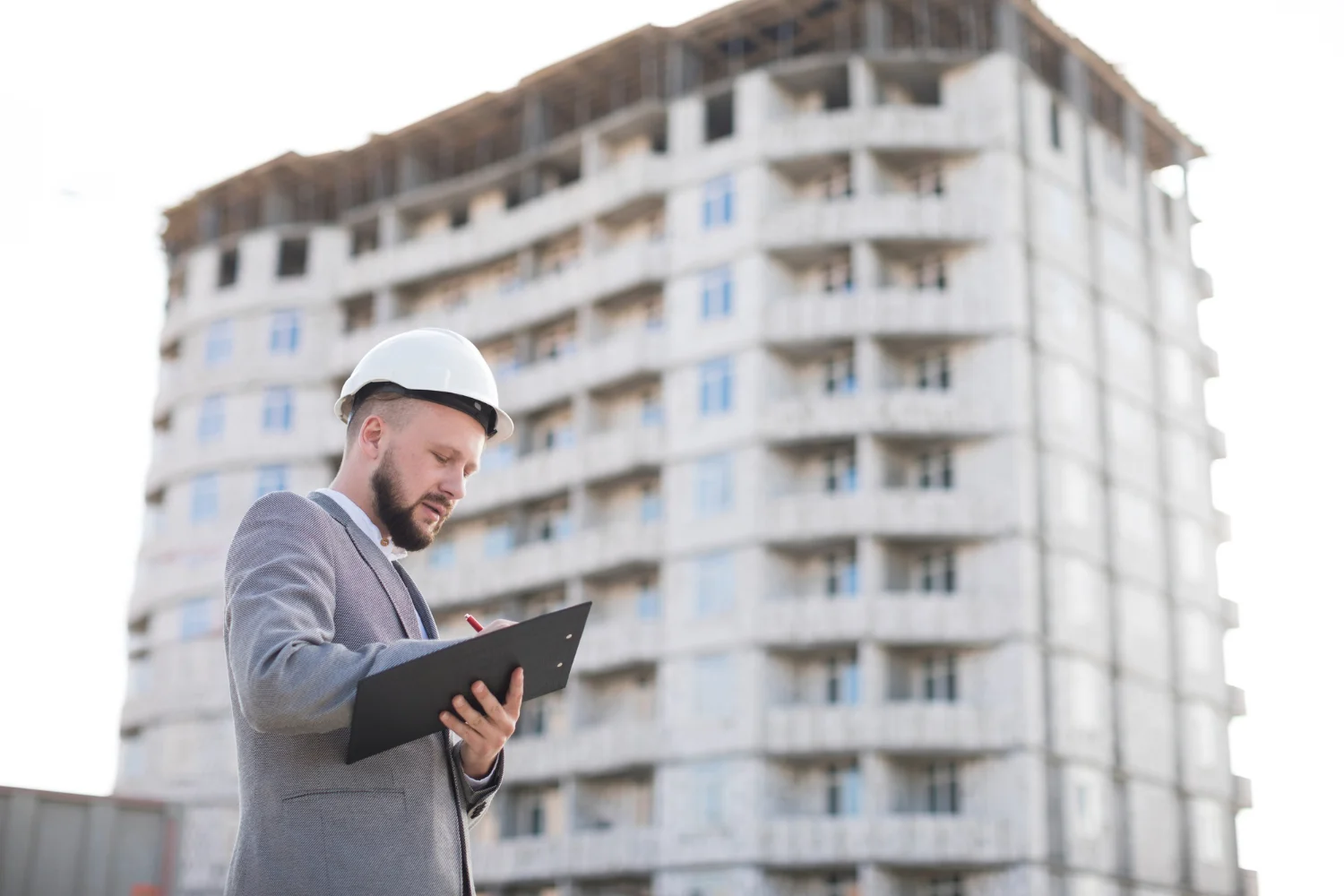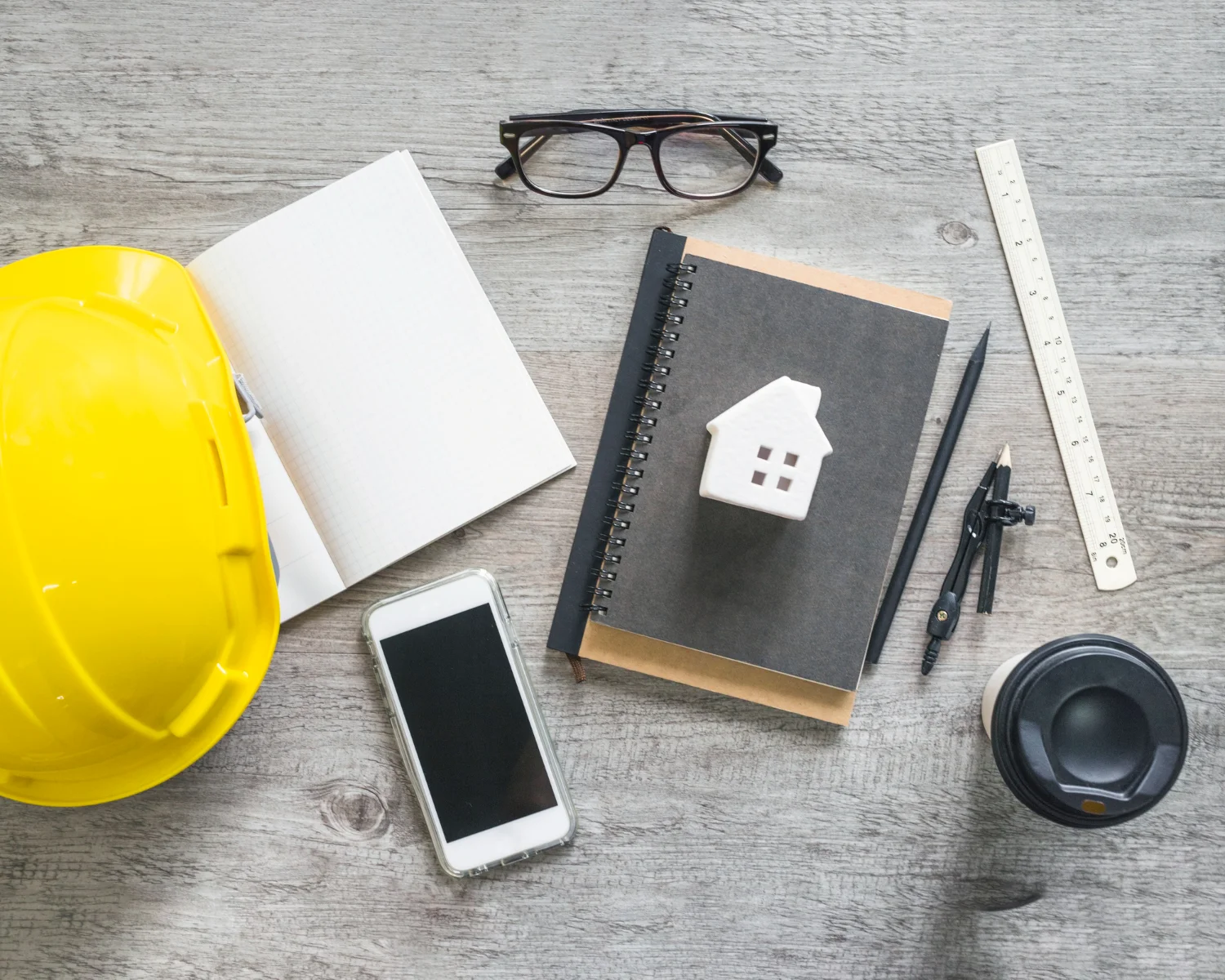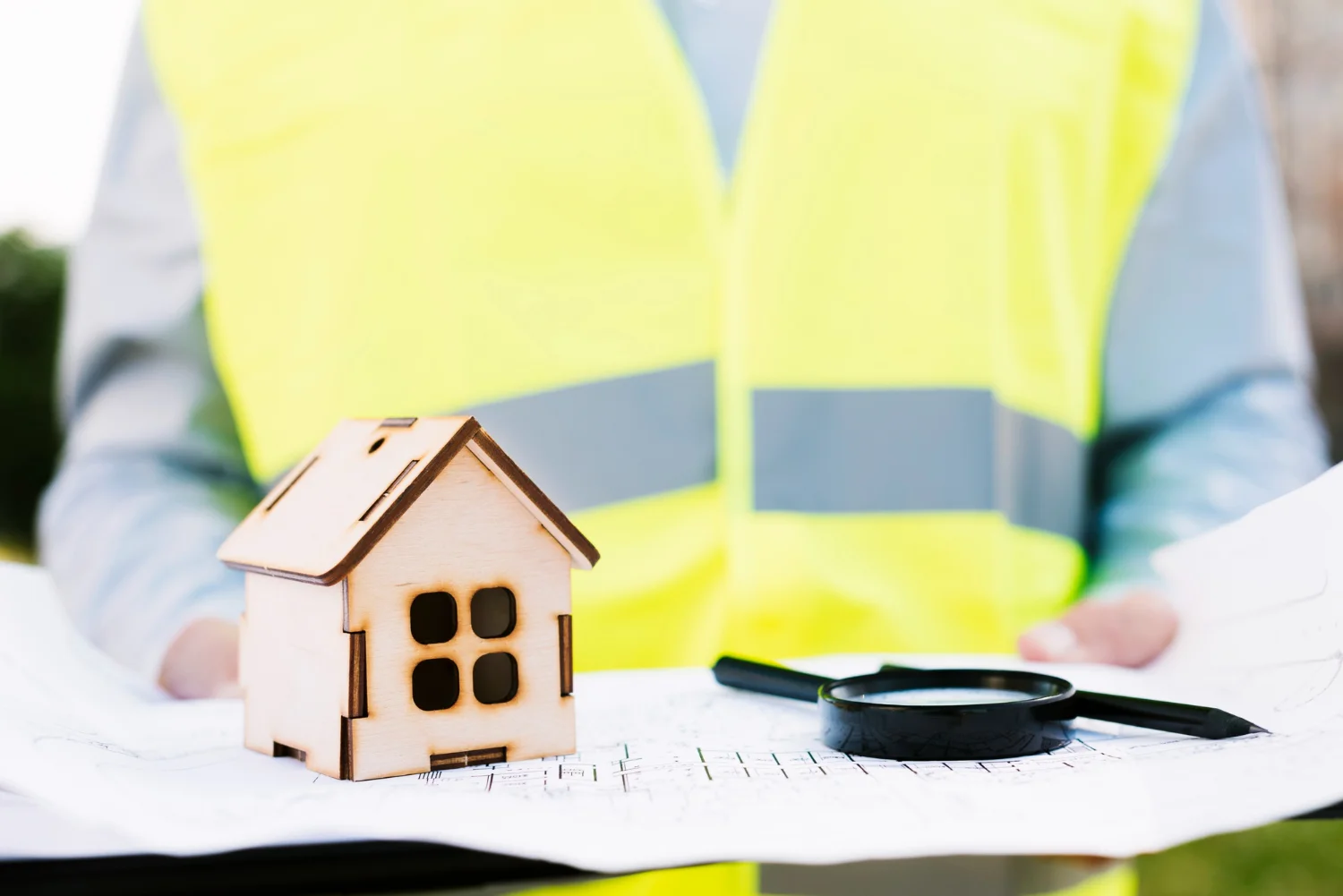Maintaining the safety and compliance of your property is crucial. Regular building inspections play a vital role in ensuring that your property adheres to necessary safety standards and regulatory requirements. These inspections help identify potential hazards and compliance issues that could pose a risk to the occupants and the building itself. By catching these problems early, you can take corrective actions to mitigate risks and maintain a safe environment.
Building inspections are equally important for both residential and commercial properties. For homeowners, regular inspections ensure that their home is safe, up to code, and free from hidden dangers like structural weaknesses or electrical faults. Commercial property owners, on the other hand, must comply with stricter regulatory requirements to ensure the safety of employees and the public. Regular inspections help them meet these standards, avoid legal issues, and create a safer work environment.
In this article, we will discuss the importance of regular building inspections, key safety standards and compliance requirements, common issues identified during inspections, and the steps to take after an inspection. Understanding these aspects will help you maintain a safe and compliant property, protecting your investment and ensuring the well-being of everyone who uses it.
Importance of Regular Building Inspections
Regular building inspections are essential for maintaining the safety and integrity of your property. These inspections help identify potential hazards that could lead to serious damage or pose a risk to the occupants. Issues such as structural weaknesses, electrical faults, or plumbing problems can escalate if not addressed promptly. By conducting regular inspections, you catch these problems early, preventing costly repairs and ensuring that your property remains safe.
Additionally, regular inspections provide peace of mind. Knowing that your property has been thoroughly checked by professionals helps you feel confident that it complies with safety standards and regulations. This is particularly important for commercial properties, where the safety of employees and customers is paramount. Regular inspections help create a safe environment, reducing the risk of accidents and injuries.
Key Safety Standards and Compliance Requirements
Building inspections are conducted to ensure that properties meet key safety standards and compliance requirements. One of the main areas inspected is the structural integrity of the building. Inspectors check for any signs of wear and tear that could compromise the stability of the property. This includes looking for cracks in the foundation, issues with support beams, and other structural elements.
Electrical systems are another crucial area of focus. Inspectors check for outdated wiring, faulty circuits, and other electrical issues that could pose a fire hazard. Ensuring that the electrical system is up to code helps prevent potential accidents and ensures the safety of the occupants.
Plumbing systems must also be inspected for leaks, blockages, and other issues. Problems with the plumbing can lead to water damage, mould growth, and other health hazards. By ensuring that the plumbing system is in good condition, inspectors help prevent these risks.
Fire safety is another critical area. Inspectors check that smoke detectors, fire extinguishers, and sprinkler systems are in place and functioning correctly. This helps ensure that the property is prepared in case of a fire emergency.
Compliance with environmental regulations, such as those related to asbestos or lead paint, is also assessed during inspections. Identifying and addressing these issues is essential for ensuring the safety and well-being of the occupants. By adhering to these safety standards and compliance requirements, you maintain a safe property and avoid potential legal issues.
Common Issues Identified During Inspections
During building inspections, various common issues are often identified that need immediate attention. One of the primary concerns is structural problems. Inspectors frequently discover cracks in the foundation, termite damage in timber elements, or signs of shifting that could compromise the building’s stability. These issues can pose serious risks if not promptly addressed.
Another common issue is faulty electrical systems. Many homes and commercial buildings have outdated wiring or overloaded circuits, both of which are fire hazards. Inspectors look for signs of wear, such as frayed wires, corroded panels, and improperly installed electrical fixtures. Identifying these problems early can prevent electrical fires and ensure the building meets safety standards.
Plumbing issues are also frequently identified. Common problems include leaks, blocked drains, and water pressure issues. These can result in water damage, leading to mould growth and structural decline if left unattended. Regular plumbing inspections help catch these problems before they escalate.
Steps to Take After an Inspection
Once the inspection is complete, it is important to act on the findings to maintain the safety and compliance of your property. The first step is to carefully review the inspection report. Take note of all identified issues and prioritise them based on their severity. Immediate hazards, such as structural damage or electrical faults, should be addressed without delay.
Next, consult with professionals to carry out the necessary repairs. For example, if termite damage is found, you’ll need to hire a pest control service to manage and eliminate the infestation. Structural repairs might require the expertise of a qualified builder or contractor, while electrical issues should be handled by a licensed electrician. Always ensure that the professionals you hire are certified and have good reviews.
Additionally, consider scheduling follow-up inspections to ensure that repairs are done correctly and that no new issues have arisen. Maintaining a regular inspection schedule helps keep your property in good condition and ensures ongoing compliance with safety standards. Keeping a log of all inspections and repairs is also a good idea, providing a record that you can refer to in the future.
Final Thoughts
Ensuring safety and compliance through regular building inspections is vital for protecting your property and its occupants. With detailed evaluations that cover structural integrity, electrical systems, plumbing, and fire safety, these inspections help identify and address potential hazards early on. Acting on the findings promptly, by engaging the services of qualified professionals, ensures that your property remains safe and up to code.
Maintaining a regular inspection schedule offers peace of mind and provides a clear record of your property’s condition over time. It’s an essential practice for both residential and commercial property owners, helping to prevent costly repairs and ensuring compliance with relevant safety standards and regulations.
For thorough and professional building inspections, contact C & W Services. Our experienced team is dedicated to helping you maintain a safe and compliant property. Schedule your building inspection with C & W Services today, and ensure your property is in the best possible condition.



